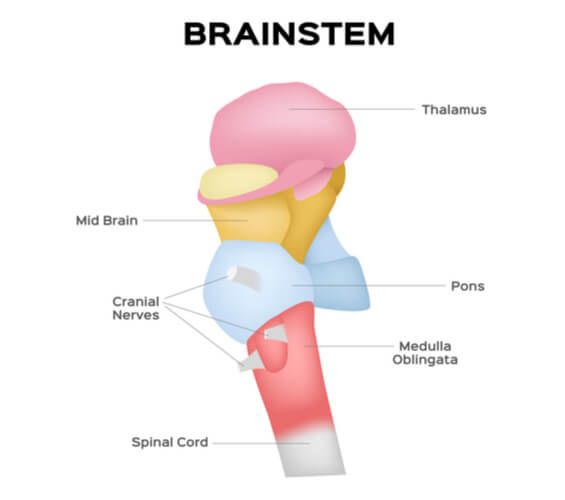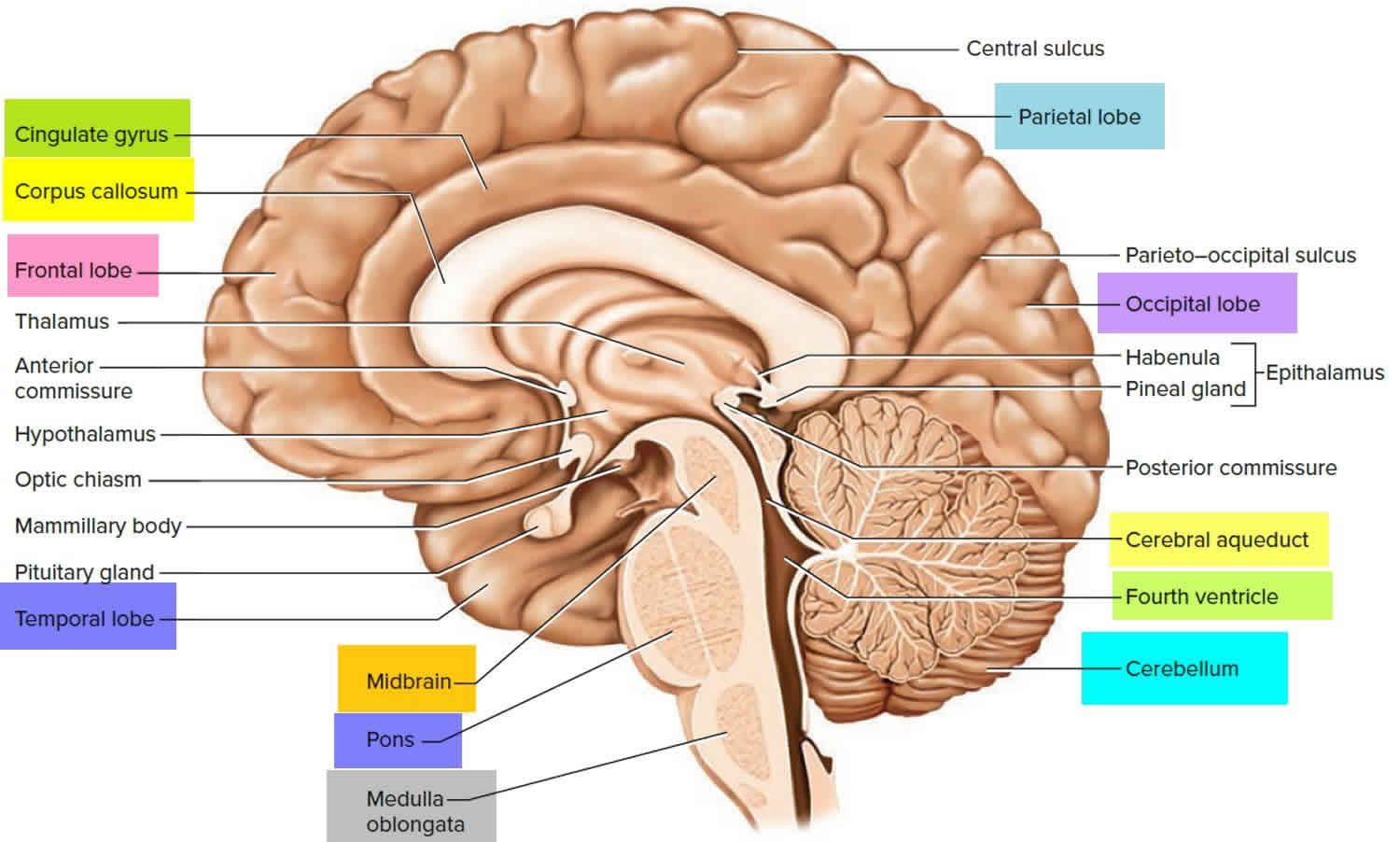

Brainstem dysfunction may result from various acute or chronic insults, including stroke, infectious, tumors, inflammatory, and neurodegenerative diseases. It controls the brainstem reflexes and the sleep-wake cycle and is responsible for the autonomic control of the cardiocirculatory, respiratory, digestive, and immune systems. The brainstem mediates sensory and motor pathways between the spinal cord and the brain and contains nuclei of the cranial nerves, the ascending reticular activating system (ARAS), and the autonomic nuclei. The brainstem is the caudal portion of the brain that connects the diencephalon to the spinal cord and the cerebellum.


In the present review, we summarize the neuroanatomy, clinical syndromes, and diagnostic techniques of critical illness-associated brainstem dysfunction for the critical care setting. Detection of brainstem dysfunction is challenging but of utmost importance in comatose and deeply sedated patients both to guide therapy and to support outcome prediction. Of particular importance for characterizing brainstem dysfunction and identifying the underlying etiology are a detailed clinical examination, MRI, neurophysiologic tests such as brainstem auditory evoked potentials, and an analysis of the cerebrospinal fluid. The brainstem is prone to various primary and secondary insults, resulting in acute or chronic dysfunction. Brainstem dysfunction may lead to sensory and motor deficits, cranial nerve palsies, impairment of consciousness, dysautonomia, and respiratory failure. It controls the sleep-wake cycle and vital functions via the ascending reticular activating system and the autonomic nuclei, respectively. The brainstem conveys sensory and motor inputs between the spinal cord and the brain, and contains nuclei of the cranial nerves.


 0 kommentar(er)
0 kommentar(er)
